Case VA Parts
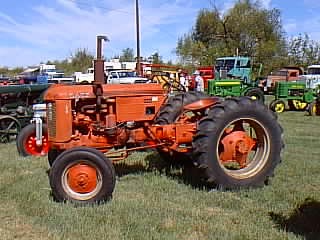
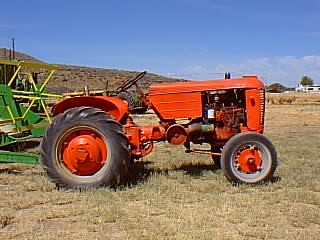
A Brief History
The Case VA Series, introduced in 1942, was a new series of tractors that replaced the Case V Series (Models V, VC, VI and VO). Although the Case VA looked much like the V, it shared no major components with its predecessor. Except for military units, the production of the Case VA was interrupted in July of 1942 due to World War II. It resumed again in 1944 and continued until 1953. It started up briefly later on in 1953 and continued on a very limited basis until 1956.
The VA Series included the following models:
- VA: Fixed front wheel tread
- VAC: Dual wheel tricycle front row-crop tractor
- VAC-11: Single front wheel row-crop tractor
- VAC-12: Same as VAC; 1951-1953 production
- VAC-13: Adjustable wide front row-crop tractor
- VAC-14: Adjustable wide front, low-profile row-crop tractor
- VAI: Industrial tractor with fixed front wheel tread
- VAO: Orchard tractor
- VAO-15: Low-profile orchard tractor
- VAIW: Warehouse and towmotor tractor.
- VAIW-3: Same as VAIW with single rear wheels
- VAIW-4: Same as VAIW with dual rear wheels
- VAH: High-clearance row-crop tractor with adjustable front and rear tread; narrow and wide axle
- VAS: Offset high-clearance row-crop model
The Case VA Series was the first to use the Case Eagle Hitch and hydraulic lift which was introduced in 1949. This system was standard on the VAC, VAH and VAS and was optional on the VA, VAO and VAI. Except for the earliest tractors built, the series was available with either a gasoline or distillate engine. The engine was built by Continental Motors for the first few years, then in 1947 Case took over complete production of the engine in it's new engine plant in Rock Island.
Nearly 150,000 Case VA Series tractors were built during the 14 years of production. In 1942, a Model VA with rubber tires cost $710 (more with options). In 1952 the price went up to $1,388.00. Other models were most often more expensive. For example, the Model VAH in 1952 was priced at $1,766.00.
The Case VA Series Today
Due to the numbers of these tractors that were built, Case VAs are readily available. For someone just starting to collect or restore tractors this can be a great advantage: they are easy to find parts for! It does not fetch a high price - but due the the many varieties within the Series it can be a fun tractor to collect - for show or to use.
Most of these tractors that are still running are in use on farms today. The "Eagle Hitch" is a proprietary 3-point setup made to be used with Case implements. They can however be converted to run standard 3-point implements.
The Specs
The specifications varied with each different member of the series. What follows is the specification for the Case VA.
Air Cleaner: Oil Wash
Carburetor: Marvel-Schebler
Clutch: Spring loaded.
Governor: Flyball
Ignition: Case, magneto or distributor
Spark Plugs: 18 mm.
Starter: Electric (extra)
Engine: I3-1/4 x 3-3/4, 1425 rpm; 4-cylinders, valve-in-head, removable sleeves
Pulley: 10-1/4 x 6-1/4, 1105 rpm and 2600 fpm at normal engine speed
Speed: MPH forward 2-1/4, 3-1/4, 4-1/4, 8-3/4 and 3.32 reverse
Nebraska Tractor Test Results
TEST NO. 430
Model: Case VAC
J.I. Case Co., Racine, Wisconsin
DATE TESTED: October 15 to October 26, 1949
At a Test C operating maximum load of 16.98 horsepower the VAC achieved a fuel economy of 10.82 horsepower hours per gallon, while at the Test D rated belt load of 15.93 horsepower the economy figure came in at 10.76. The VAC featured a four-cylinder I-head engine rated at 1,425 rpm and using a 3-1/4 x 3-3/4 inch bore and stroke. Also featured was an Auto-Lite electrical system and a Marvel-Schebler TSX-253 carburetor. During Test A the starter button stuck, causing a short circuit. Otherwise, no repairs or adjustments were noted during 42 hours of engine operating time. Tire equipment included 10-28 rear and 5.50-15 inch front rubber. The bare tractor weight of 3,199 pounds was increased to the tune of 492 pounds of additional ballast per rear wheel for Tests F, G and H. Four forward speeds of 2.32, 3.08, 4, and 8.4 were provided, with third gear being used for Test H. At a rated drawbar load of 12.54 horsepower the VAC pulled 1,183 pounds at 3.97 mph with a slippage of 4.83% and achieved a fuel economy of 9.12 horsepower hours per gallon. A low-gear maximum pull of 2,394 pounds a 2.02 mph was noted in Test G.
Serial Numbers
| The serial number is stamped onto the name plate fastened to the instrument panel. |
This section is where we would normally have a serial number table. However, Case used several methods of numbering tractors, furthermore the same scheme was used for most of the Case tractors built from 1938 through 1953. The year of production can be determined from the serial number (7 digits), as follows:
Take the first two digits and subtract 4 (for example, with serial number 4212345, take "42" and subtract "4" to get "38". This tractor was made in 1938.
Informations complémentaires
| Poids | 1 kg |
|---|---|
| Dimensions | 20 cm |

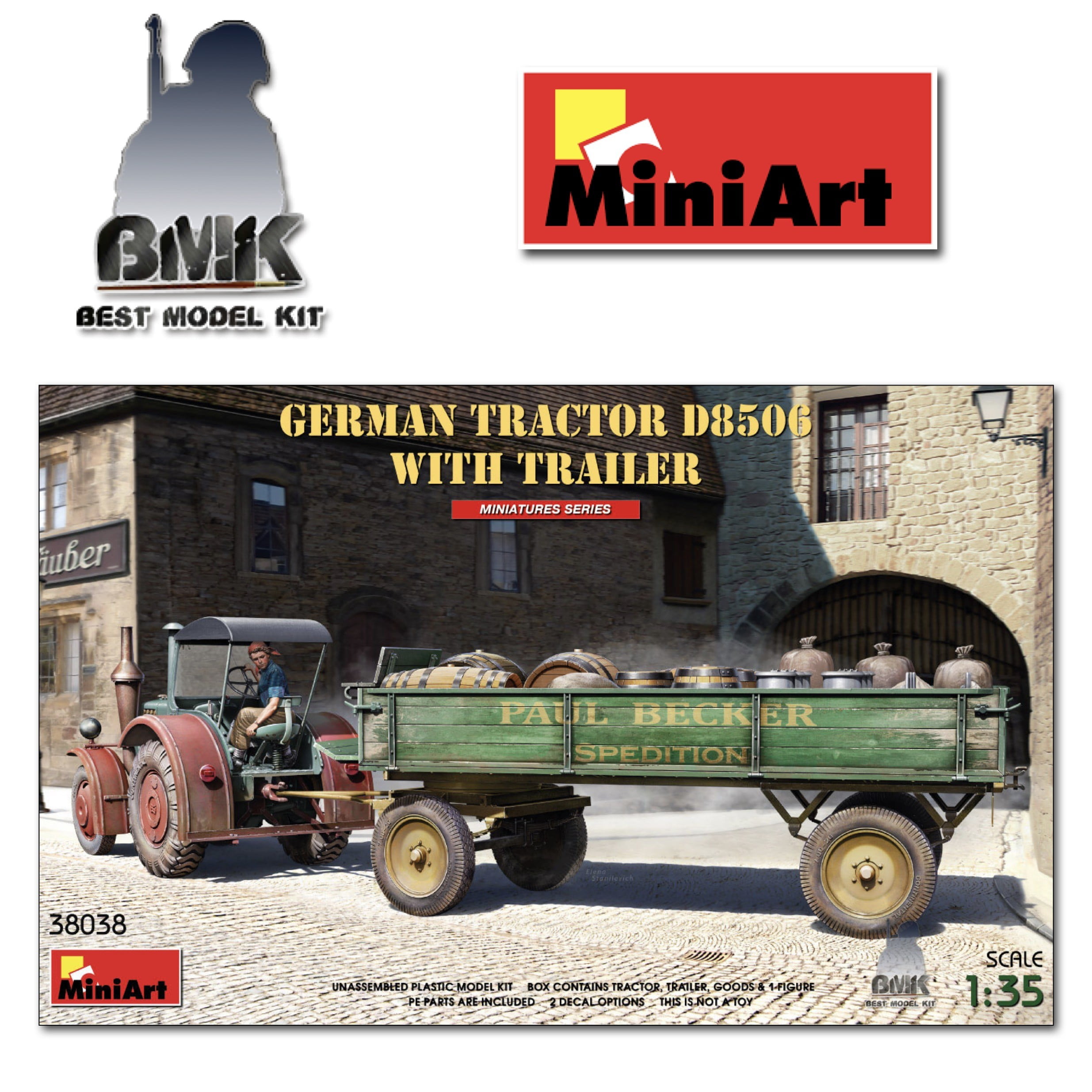

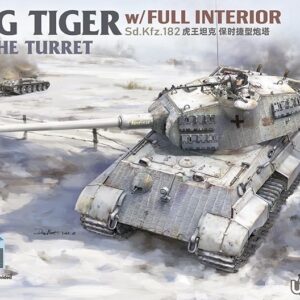
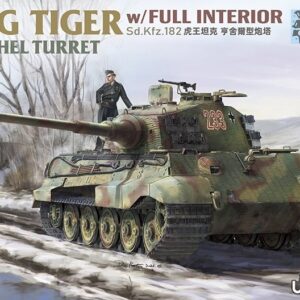
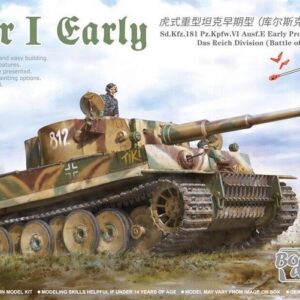
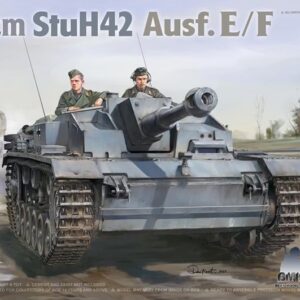
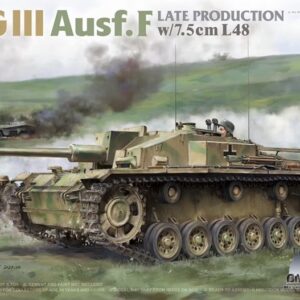
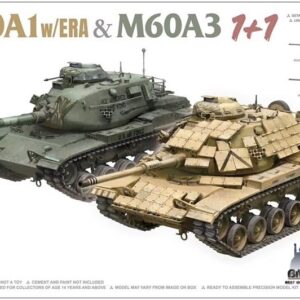
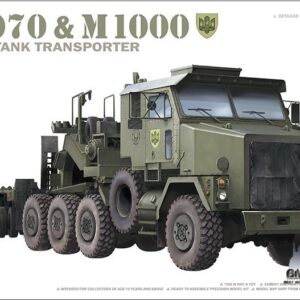
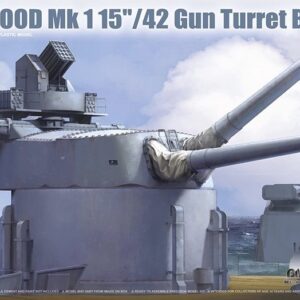
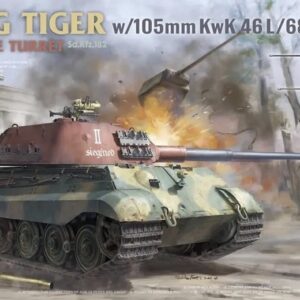
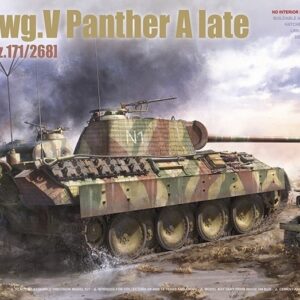
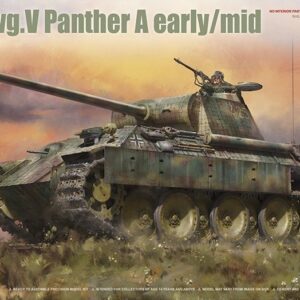
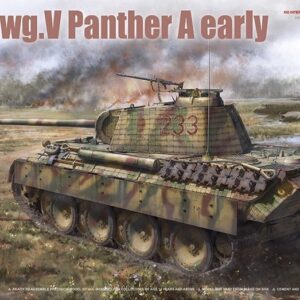
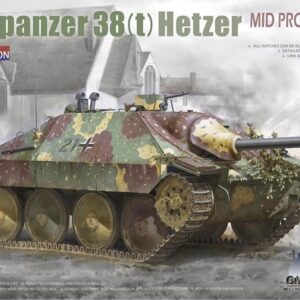
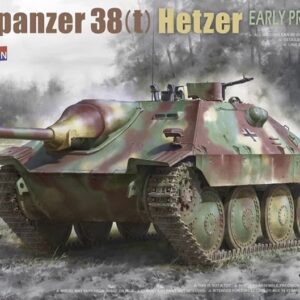
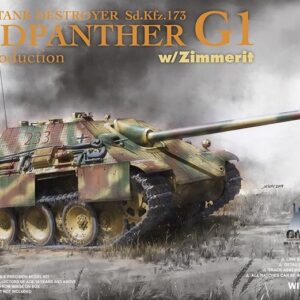
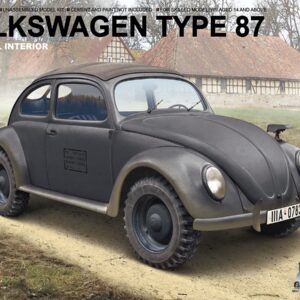
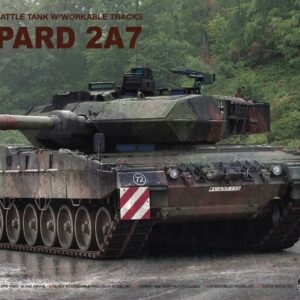

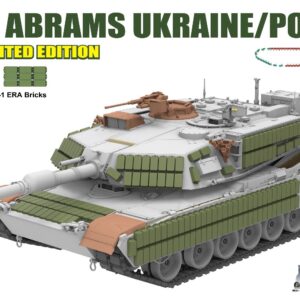
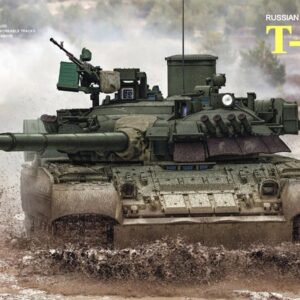
Avis
Il n’y a pas encore d’avis.